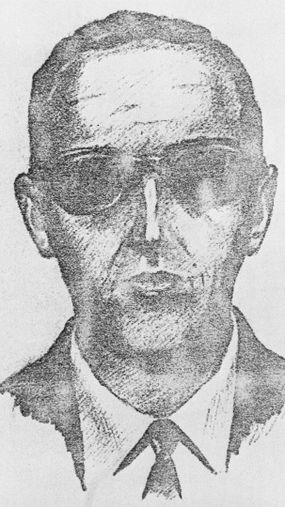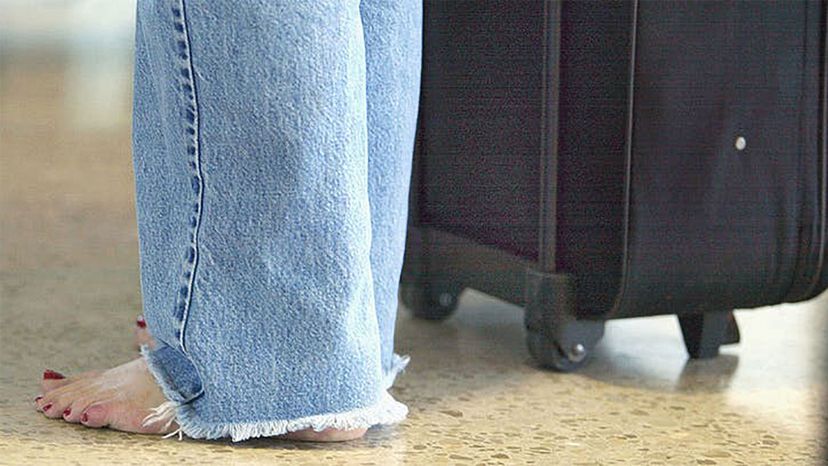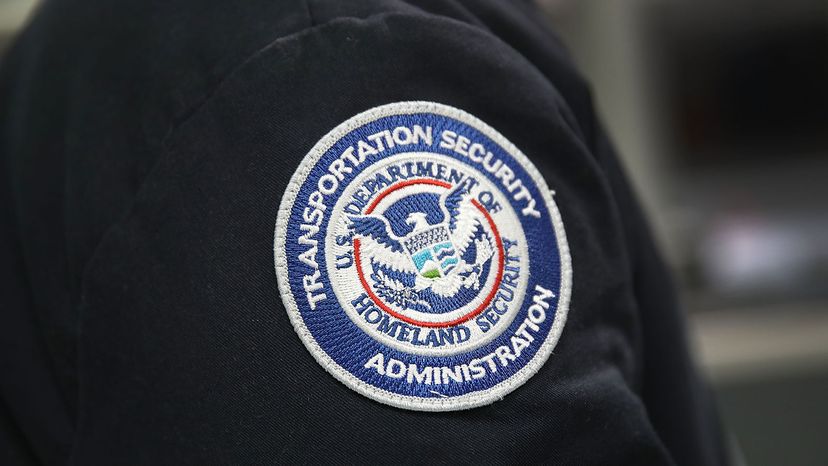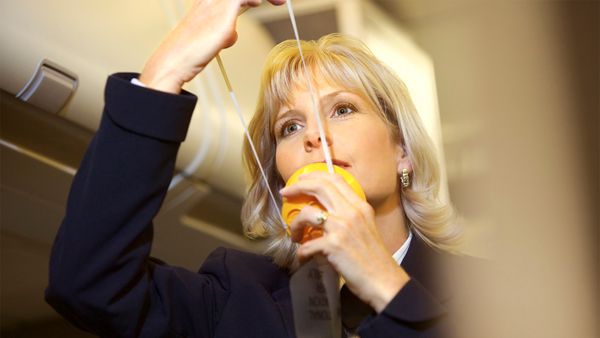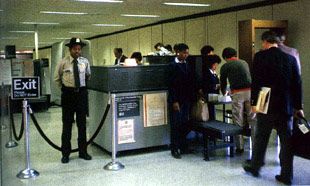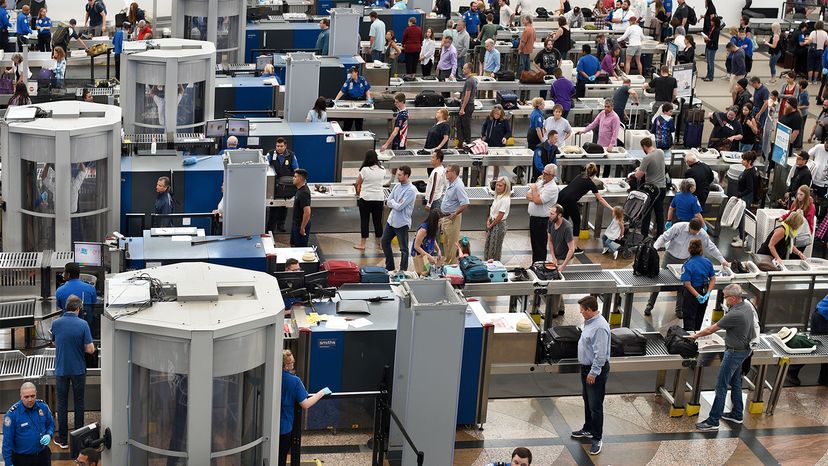
During the mid-1990s I traveled between Dayton, Ohio, and Washington, D.C., twice a month during the school year as half of a commuting couple. I could leave Dayton by 5:15 p.m., drive nearly 80 miles (129 kilometers) to the Columbus airport during rush hour, park my car in the economy lot, and still get to my gate in plenty of time for a 7:30 p.m. departure.
Then9/11 happened.
Advertisement
The terrorist attacks brought swift and lasting changes to the air travel experience in the United States. And after 20 years of ever-more-elaborateairport securityprotocols, many air travelers have no knowledge of — or only vague memories of — what air travel was like before 9/11.
As someonewho has studied the history of airports in the United States— and someone old enough to remember air travel before 9/11 — I find it striking, on the one hand, how reluctant the federal government, the airlines and airports were to adopt early security measures.
On the other hand, it's been jarring to watch how abruptly the sprawlingTransportation Security Agency systemwas created — and how quickly American air travelers came to accept those security measures as both normal and seemingly permanent features of all U.S. airports.
Advertisement

